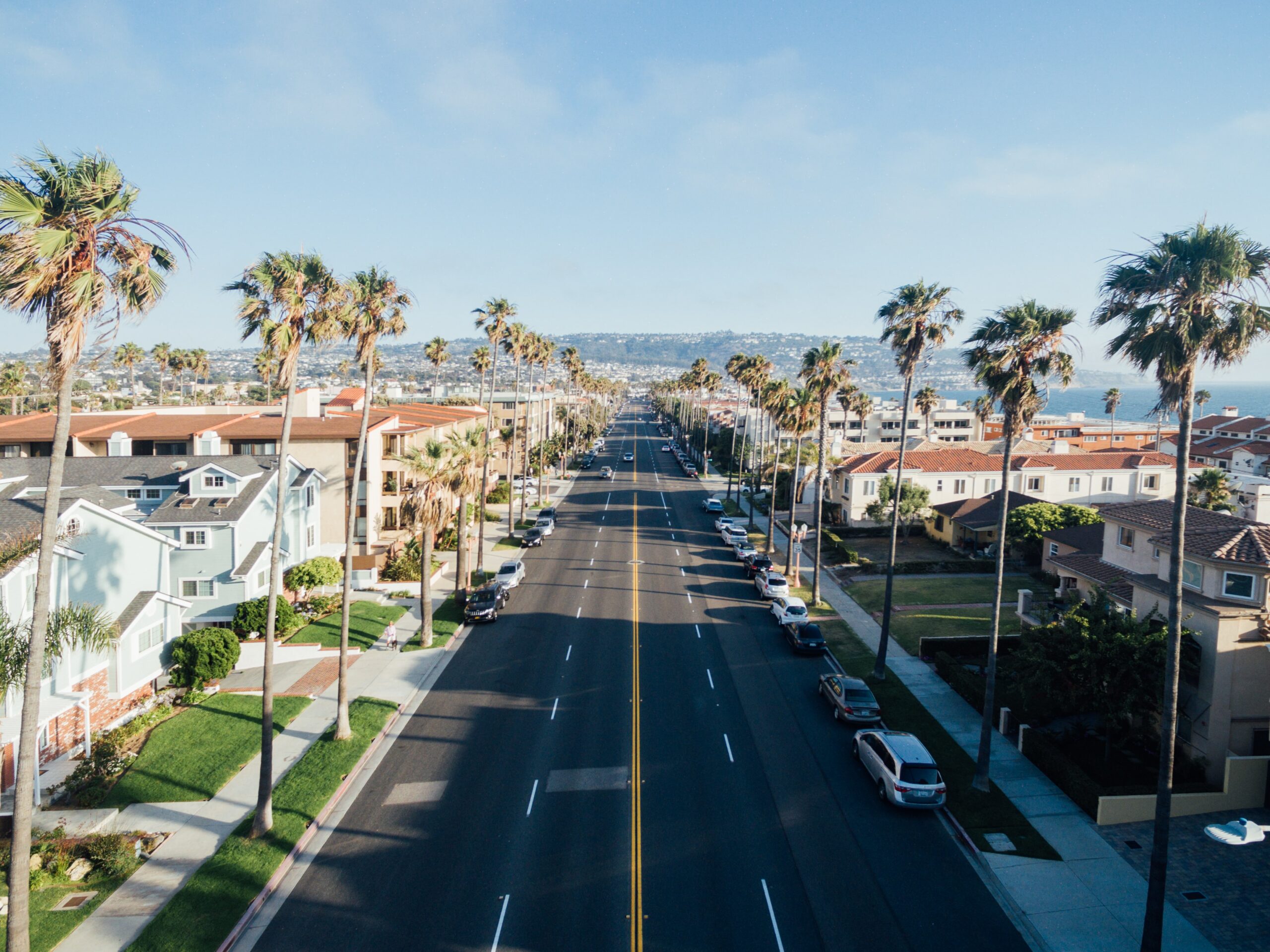
15 Facts About Latino Well-Being in California
This data brief, produced by the UCLA Latino Policy and Politics Institute research team, provides detailed information on California’s Latino population using the 2015-19 American Community Survey data.

1. Latinos are the largest racial and ethnic group in California at 39.0% of the population (Figure 1). This is double the national share of Latinos (18% of the U.S. population).
Figure 1: California Population by Race and Ethnicity, 2019
Source: LPPI analysis of 2015-2019 5-Year American Community Survey public use microdata.
2. Latinos in California are young. With a median age of 29, the Latino population skews significantly younger than Californians overall (36). Almost 20% of Latinos are under the age of 10—compared with 15% of California’s population—while just 10% of Latinos are aged 61 and older (vs. 18% overall). California Latinos are on-par with Latinos nationally, who are 29 years old on average.
3. Latino ancestries in California reflect the state’s history. The five largest ancestry groups include Mexicans (83%), Salvadorans (5%), Guatemalans (3%), South Americans (2%), and Puerto Ricans (1%).

4. California’s Latinos have lower levels of educational attainment compared to the state average and to Latinos nationally. In California, 35% of Latinos in CA did not complete high school, compared to just 17% of the state overall and 30% of U.S. Latinos. Across Latino sub-groups, almost half of Guatemalans and Hondurans in CA did not complete high school.
5. Latinas have higher educational attainment than Latino men (Figure 2). More Latinas have completed an associate degree or higher (21%) compared to Latinos (17%).
Figure 2: Population with an Associate Degree or More by Race, Ethnicity, and Gender, 2019
Source: LPPI analysis of 2015-2019 5-Year American Community Survey public use microdata.

6. In California, Latinos are more likely than others to be uninsured. 13% of Latinos are uninsured, compared to just 8% of the state overall. However, California Latinos are more likely to have any insurance relative to U.S. Latinos (18% uninsured). Children are also less likely to be uninsured than adults: only 4% of Latino children are uninsured (vs. 3% for all children statewide). Non-citizen Latinos are particularly vulnerable: almost a third of non-citizen Latinos had no form of insurance.
7. Roughly 2 in 5 Latinos are covered by Medicaid, while 3 in 5 Latino children are covered by Medicaid. Both Latino adults and children are the most likely to be covered by Medicaid relative to the state average. 27% of all Californians and 43% of children are covered by Medicaid.

8. Latino men are more likely to participate in the workforce than men of all other race groups (Figure 3). Latinos hold the highest labor force participation rate at 77% (vs. 70% for all men).
Figure 3: Labor Force Participation Rates for Men by Race and Ethnicity, 2019
Source: LPPI analysis of 2015-2019 5-Year American Community Survey public use microdata.
9. Latinas have the second-highest workforce participation rate among women. At 59%, Latinas’ participation rate is second only to Black Women at 60% (58% for all women).
Figure 4: Labor Force Participation Rates for Women by Race and Ethnicity, 2019
Source: LPPI analysis of 2015-2019 5-Year American Community Survey public use microdata.
10. Latino median household incomes are lower than the state average. In 2019, Latinos’ incomes were $58,000. This is $16,000 below the state median income and almost $30,000 less than white Californians. However, California Latinos have higher incomes relative to U.S. Latinos ($52,000). Among the various Latino origin groups, Hondurans have the lowest incomes and are the most likely to live in poverty.
11. Despite Latinos’ high workforce participation rates, they are likely to live in poverty. In California, 17% of Latino households live below the federal poverty line, 4 percentage points above the state average (13%). California Latinos are also less likely to live below the poverty line compared to U.S. Latinos (17% vs. 19%). Similarly, one in four Latino children lives in poverty, a rate significantly higher than for children overall (one in five statewide).

12. Less than half of Latinos own their home. At a 43% homeownership rate, fewer Latino households own their home in California compared to 63% of white households and 59% of AAPI households. Black households are the least likely to own their homes at 35%. California Latinos are also less likely to own their homes relative to the U.S. Latino population (47%).
13. Latinos had the second-lowest median home values among major racial groups. Latino home values are only $375,000, $125,000 lower than the state median home value (Figure 5). Only Native American households have lower median home values ($300,000).
Figure 5: California Median Home Values by Race and Ethnicity, 2019
Source: LPPI analysis of 2015-2019 5-Year American Community Survey public use microdata.
14. Most Latinos (59%) in California are housing cost-burdened, meaning they spend more than 30% of their income on housing. In comparison, only 55% of households are housing cost-burdened.
15. Almost one in five Latino households is overcrowded in California, more than double the rate for the state overall (8%), and Latino children are the most likely to live in an overcrowded household (40%) among the major racial groups. Latino children are 4 times more likely than white children to live in overcrowded households.
This work was made possible by the generous support of the W.K. Kellogg Foundation and Casey Family Programs. Photo by Paul Hanaoka on Unsplash.

















